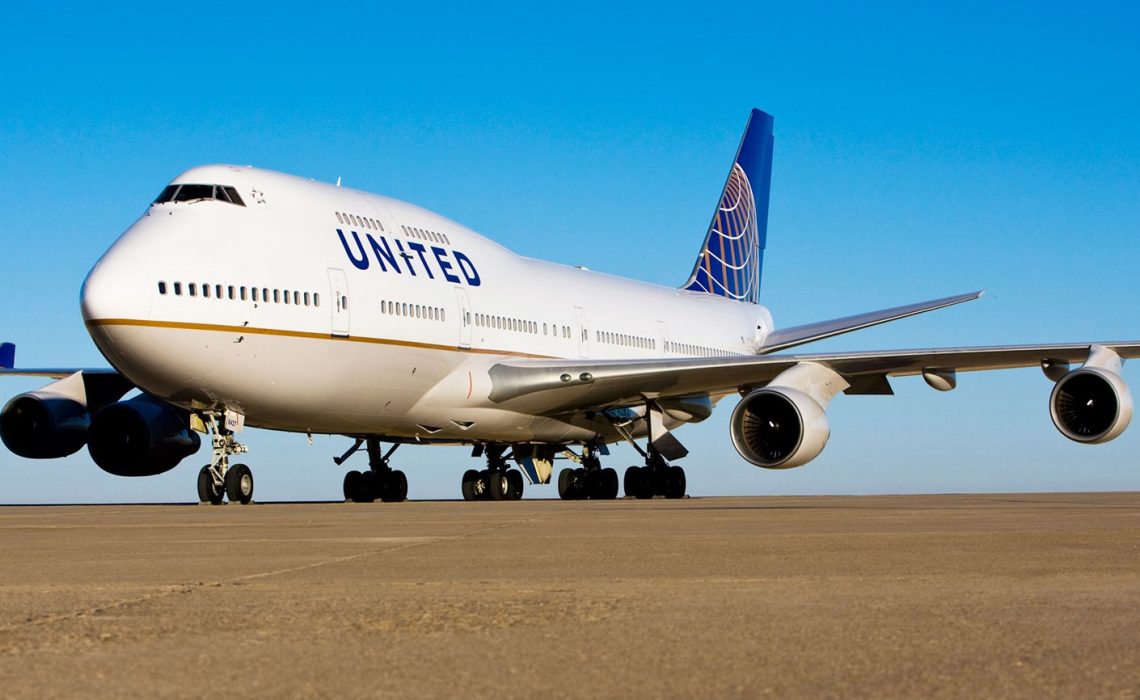
You might also like:
A decision by United last month to speed up expansion of its domestic network was enough to spook investors, although it remains to be seen if mainline competitors American and Delta will follow suit — and if United’s move will result in keeping ticket prices down.
Historically, capacity growth tends to put downward pressure on fares, although that does not seem to be the case at the moment.
“Right now, we’re seeing domestic prices up 10% on last year,” said Patrick Surry, chief data analyst for Hopper, an app that tracks airfares for price-conscious travelers. “It doesn’t seem there has been an immediate impact from United.”
United said its decision to double guidance on domestic expansion this year to between 3.5% and 4.5% was driven by a thorough review undertaken by its new network management team led by Scott Kirby, the airline president United poached from American last summer.
Part of the expansion will include 16 new routes in addition to the 15 increases in frequency on existing routes that United unveiled in late February.
Speaking at the J.P. Morgan Industrials Conference in New York on March 15, United CEO Oscar Munoz called the expansion “rational beyond belief.” The new capacity, he said, will focus on filling in network holes out of hubs such as Chicago, and it will be accomplished through better utilization of existing aircraft.
“This is not a shoot-from-the-hip, testosterone-laced kind of activity,” Munoz said. “This is purely, purely around analytics, fact-driven and again being competitive in the marketplace.”
Nevertheless, the increase sparked anxiety among investors, who would like to see the major carriers hold the line on capacity this year in order to increase yields — measured as the average ticket price paid per mile per passenger.
Capacity discipline has been widely touted by Wall Street analysts as the reason airlines have managed to achieve record profits in recent years. United’s capacity increase has rattled the market.
The Dow Jones U.S. Airlines Index was off 8.2% in March after a healthy uptick over the first two months of the year.
Meanwhile, on March 22, Morgan Stanley analyst Rajeev Lalwani downgraded the firm’s rating of U.S. airline stock from “attractive” to “in-line.”
United’s decision to double capacity growth, Lalwani wrote, means overall domestic U.S. airline capacity will increase 4% to 5% this year, twice as fast as the projected GDP.
He speculated that American, Delta and Southwest might increase their capacity expansion rates as well.
“As the Big Four of the industry face upside risk, we expect any material pricing improvement to be fleeting as capacity stays indefinitely elevated,” Lalwani wrote.
So far, that hasn’t happened. Delta is still expecting a systemwide capacity increase of no more than 1% this year. Southwest has also held steady, guiding toward 3.5% capacity growth. American is currently guiding toward 1% growth but with no domestic expansion.
Still, just 10 days after United’s announcement of new flights from its hubs, especially out of Chicago, American countered by unveiling eight new routes of its own this summer from Chicago.
That move prompted stock analyst Jamie Baker to wonder aloud at the J.P. Morgan Industrials Conference if an undisciplined airline turf war was beginning.
“It does smack of old-school behavior,” Baker told American CEO Doug Parker.
Parker disagreed, noting that neither carrier is opening a new hub nor going after a competitor’s market share in a non-hub airport.
“These are hub-and-spoke carriers adding capacity in and out of their hubs,” he said. “That generally is good capacity.”
For now, Hopper predicts, prices will continue to rise, at least at the low end of the market. The company is expecting the average price on the type of ticket that will be available to a savvy budget traveler to go from $237 in March to $269 in June, tracking typical seasonal trends. Prices should begin dipping in July.
Still, George Hobica, president of Airfarewatchdog.com, said that this remains a “golden age” for ticket prices. In a late March phone interview, he noted that he had just seen a roundtrip United fare between Newark and Orlando for $102.
Sоurсе: travelweekly.com



